Hybrid Perpetuals + hot, humid summers = bad combo?
hidden oasis (7b)
7 years ago
Featured Answer
Sort by:Oldest
Comments (72)
AquaEyes 7a NJ
7 years agolavenderlacezone8
7 years agolast modified: 7 years agoAquaEyes 7a NJ
7 years agolavenderlacezone8
7 years agomad_gallica (z5 Eastern NY)
7 years agoAquaEyes 7a NJ
7 years agoSheila z8a Rogue Valley OR
7 years agoAquaEyes 7a NJ
7 years agoSheila z8a Rogue Valley OR
7 years agoBuford_NE_GA_7A
7 years agoBuford_NE_GA_7A
7 years agolast modified: 7 years agolavenderlacezone8
7 years agolavenderlacezone8
7 years agohidden oasis (7b)
7 years agoSheila z8a Rogue Valley OR
7 years agoportlandmysteryrose
7 years agolast modified: 7 years agoTessiess, SoCal Inland, 9b, 1272' elev
7 years agoportlandmysteryrose
7 years agomonarda_gw
7 years agolavenderlacezone8
7 years agofduk_gw UK zone 3 (US zone 8)
7 years agomonarda_gw
7 years agoSheila z8a Rogue Valley OR
7 years agolast modified: 7 years agolavenderlacezone8
7 years agolast modified: 7 years agohidden oasis (7b)
7 years agoAquaEyes 7a NJ
7 years agomad_gallica (z5 Eastern NY)
7 years agoAquaEyes 7a NJ
7 years agomad_gallica (z5 Eastern NY)
7 years agoportlandmysteryrose
7 years agoAquaEyes 7a NJ
7 years agomad_gallica (z5 Eastern NY)
7 years agoAquaEyes 7a NJ
7 years agomad_gallica (z5 Eastern NY)
7 years agomonarda_gw
7 years agoAquaEyes 7a NJ
7 years agoTessiess, SoCal Inland, 9b, 1272' elev
7 years agoAlana8aSC
7 years agobarbarag_happy
7 years agolavenderlacezone8
7 years agohidden oasis (7b)
7 years agoportlandmysteryrose
7 years agolavenderlacezone8
7 years agoportlandmysteryrose
7 years agolavenderlacezone8
7 years agobarbarag_happy
7 years agolavenderlacezone8
7 years agoportlandmysteryrose
7 years agolavenderlacezone8
7 years ago
Related Stories

SUMMER FRUITS AND VEGETABLESHow to Grow Your Own Fresh, Sweet Corn
Here's how to plant and care for your own mini cornfield
Full Story
GARDENING GUIDESGreat Garden Combo: 3 Wonderful Plants for a Deer-Resistant Screen
Protect your privacy and keep deer at bay with a planting trio that turns a problem garden area into a highlight
Full Story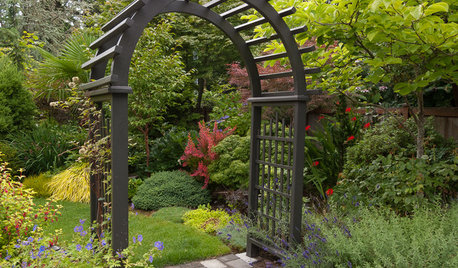
PLANTING IDEASGreat Garden Combo: 9 Plants for an Intriguing Entrance
Layer trees, flowers and shrubs around an archway to create the feeling of a year-round doorway to adventure
Full Story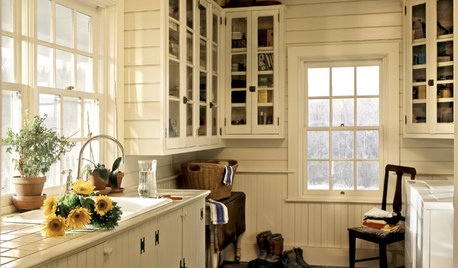
LAUNDRY ROOMSDouble-Duty Savvy: 10 Supersmart Laundry Room Combos
Throw some extra function in along with the fabric softener to spin your laundry room into mutitasking mode
Full Story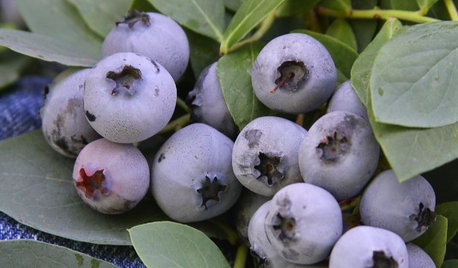
GARDENING GUIDES15 Favorites for Your Summer Edible Garden
Get your summer garden off to a good start with these popular fruits and vegetables
Full Story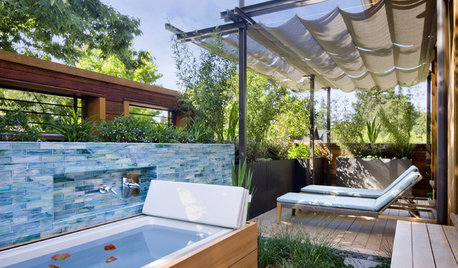
GARDENING AND LANDSCAPING13 New Ways to Make a Splash With a Hot Tub
Check out the modern options and custom features that are making outdoor spa tubs hot again
Full Story
GARDENING GUIDES12 Japanese Maples for a Sunny Garden
The right maple in the right place shines in hot summer sun
Full Story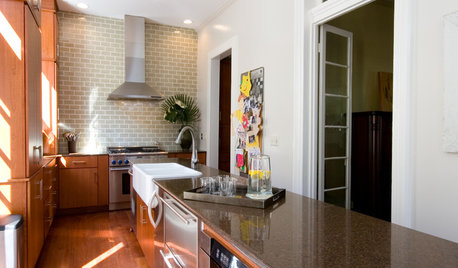
DECORATING GUIDESAre Ceiling Fans the Kiss of Death for Design?
Ceiling fans get a bad rap for being clunky and outdated, but these streamlined styles and a bevy of pros beg to differ
Full Story
FARM YOUR YARDHow to Grow Vegetables in Containers
Get glorious vegetables and fruits on your patio with a pro’s guidance — including his personal recipe for potting mix
Full Story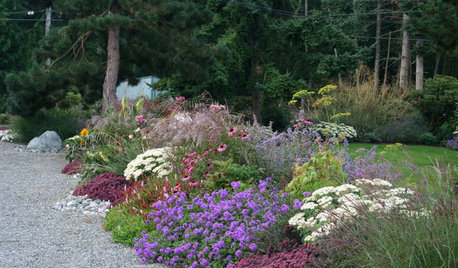
MOST POPULARHow to Design a Colorful Flower Bed
Fall planting: Delight the eye through 3 seasons with bright flowers placed just right. Late summer is the time to plan
Full Story





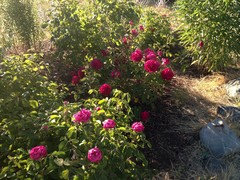

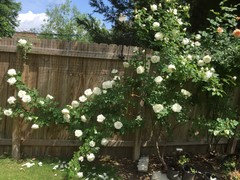




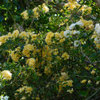
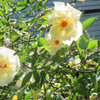

monarda_gw